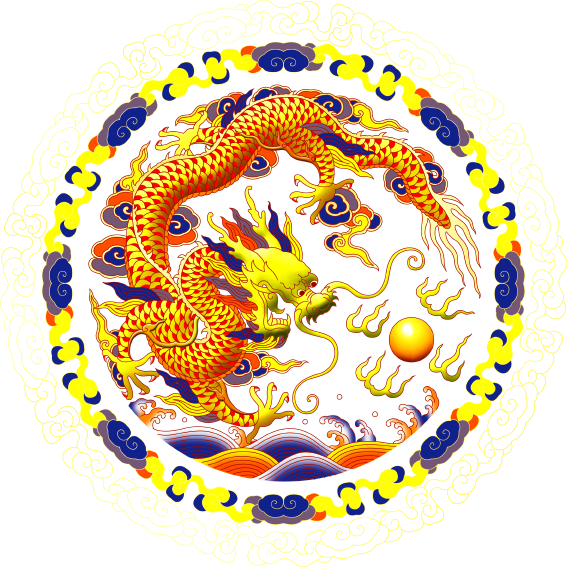Chinese martial arts (中国武术) are, at their core, a compilation of skills in weapon handling (兵器法) and the art of fist fighting (拳法). Various societies worldwide, both ancient and modern, have developed martial methods throughout history to train their armed forces. However, it was only in ancient Chinese society that the concept of martial arts as “wu shu” (武术) and martiality as a way of life, “wu dao” (武道), was conceived. It is said that anyone can practice martial arts (武术), but not everyone can be considered a warrior (武士) or a female warrior (女武士). To attain such distinction, one must follow a path of martiality (武道) under the guidance of a qualified master (师傅), belong to a martial clan (派), develop a “warrior’s mind” (武心), and possess a “martial energy” (战士气). Despite seeming like concepts from a Chinese film, this tradition traces back to the year 606 AD when the Chinese government, aiming to prevent corruption in the imperial court, established the system of “imperial examinations.” These examinations comprised tests to select new candidates for government positions, allowing any resident of the empire, regardless of social status, to strive for a position in the court. Thus, the examinations became the shortest path to social advancement, accessible to everyone from peasants to the educated and wealthy classes. The imperial examination system had a significant impact not only in China but also in neighboring Asian countries such as Japan and Korea.
武道
The Path of Martiality
The path of martiality (武道) refers to navigating or training on a path of knowledge endowed with a body of erudition called “wen” (文). This body of knowledge is oriented towards the development of the “strategic thinking” (战略思维) of the martial school, i.e., its approach to resolving conflicts and the methodology applied to achieve victory. This body of erudition also develops the concept called “wu de” (武德), martial virtue, understood as “individual quality,” “inner strength,” or “integrity,” encompassing moral and mystical qualities. The warrior class (武士家) is thus subordinated to the code of “wu de” (武德), aspiring to attain the status of “martial heroes” (武侠家). These are individuals who follow an elevated path, adhere to honorable codes, and make their discipline a way of life. They act for just causes and engage with noble weapons. Martial heroes view their knowledge not merely as a means to an end but as an elevated expression that naturally achieves its objectives. As the body of erudition, called “wen” (文), deepens, those who earnestly cultivate it are distinguished as the “caste of martial scholars” (演武家). Typically, these individuals served as military advisors and great soldiers who turned their knowledge into a science. They cultivated martial thought, word, and action, becoming renowned strategists who never engaged in battles that couldn’t be won. Their actions aimed not to defeat an opponent but to restore harmony. Within this warrior class circulated the saying, “the most formidable enemy is within ourselves,” making them vigilant against falling victim to their own arrogance or ambition. When the martial path in China was influenced by Buddhism and Taoism, the “clan of mystical warriors” (神秘武家) emerged, who, despite cultivating martial arts, infused concepts such as “non-violence” (不伤害) from Buddhist teachings (佛教) and the Daoist (道家) notion of “harmony with the universe” (宇宙的和谐). Through martial arts practice, these warriors synchronized with spiritual states of consciousness. Initially driven by instinct and fear, they found in martiality a way to explore violence. The discipline made them sensitive, refining their perception of themselves and their actions. Eventually, they understood the futility of conflict, developing a deeper awareness of their personality and realizing that the origin of all things lies within, both good and bad. At this level, what was once violent now brings peace, what was once coarse now achieves grace. What was once complex is now simple and straightforward. Finally, the discipline helped them transcend movement and conquer stillness, harmony, and inner peace. Being at peace with themselves and not fighting against anyone, they became invincible.
